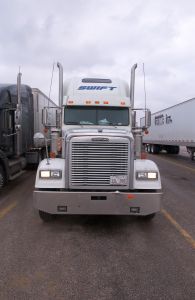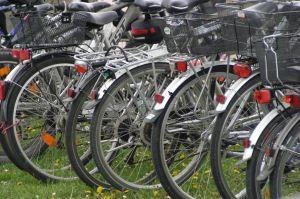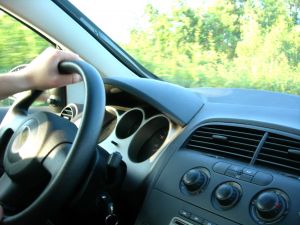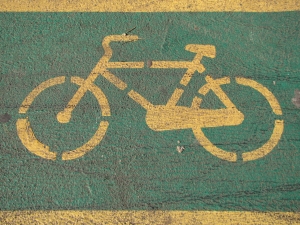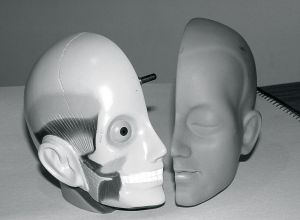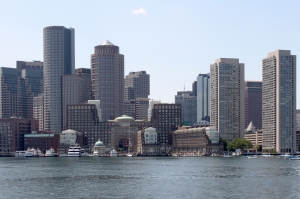The Centers for Disease Control and Prevention recently released a study reporting the cost of medical expenses and work loss is $41 billion for crash-related deaths nationwide. Data from 2005 was used because it is the most accurate and most recent regarding costs associated with crash deaths.
Our Boston car accident lawyers know the study was released to coincide with the May launch of the Decade of Action for Road Safety campaign. The United Nations has proclaimed 2011 to 2020 as the Decade of Action for Road Safety, during which focus will be placed on protecting lives on the world’s roadways.
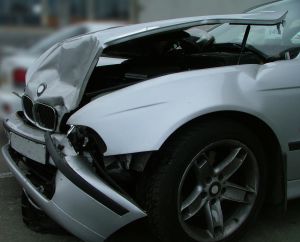
The CDC study found that half of cost ($20.4 billion) was in the following 10 states: California ($4.16 billion), Texas ($3.50 billion), Florida ($3.16 billion), Georgia ($1.55 billion), Pennsylvania ($1.52 billion), North Carolina ($1.50 billion), New York ($1.33 billion), Illinois ($1.32 billion), Ohio ($1.23 billion) and Tennessee ($1.15 billion).
“Deaths from motor vehicle crashes are preventable,” said CDC Director Thomas R. Frieden, M.D., M.P.H. “Seat belts, graduated driver’s license programs, child safety seats, and helmet use save lives and reduce health care costs.”
The findings by the CDC also included the cost related to crash deaths among children from birth to 19 years old was almost $856 million. Vermont (34 percent, $25 million) had the highest percentage of crash-related death cost for children and Nevada (17 percent, $66 million) had the lowest.
“It’s tragic to hear that anyone dies on our nation’s roads. But it’s especially so when the person who loses his or her life is a child or teenager,” said Linda Degutis, Dr. P.H., M.S.N., director, National Center for Injury Prevention and Control. “Child passenger safety laws and comprehensive graduated driver licensing laws are proven to protect young lives. We encourage states to strengthen and enforce these laws to help keep more of our young people safe.”
The CDC’s Injury Center recommends these strategies to decrease work loss and medical costs by preventing crash-related fatalities:
-Have a primary seat belt law which allows law enforcement to cite motorists for not wearing seat belts. Wearing a seat belt reduces the risk of death by half for front seat occupants.
-Require children to be in age and size appropriate child safety seats and booster seats while traveling in vehicles.
-Teen crashes can be decreased with a comprehensive graduated driver licensing (GDL) system. The staging processes of GDL systems give new drivers valuable experience under lower-risk conditions. Statistics indicate that a decrease in crashes for 16-year-old drivers is as much as 40 percent with the most comprehensive GDL systems.
-Require all riders to wear motorcycle helmets. Wearing a helmet can decrease the risk of death in a motorcycle accident by more than 33 percent and brain injury by 69 percent.
“These preventable costs are a reflection of the terrible suffering of American families whose loved ones are killed or injured on the roads,” said Norman Mineta, chairman of Make Roads Safe North America and the longest serving Secretary of Transportation in U.S. history. “Today, on the launch of the first-ever Decade of Action for Road Safety, occurring in 30 cities across our nation and 50 countries worldwide, it is time for all of us to take action to save lives at home and around the globe.”
Continue reading
 Boston Car Accident Lawyer Blog
Boston Car Accident Lawyer Blog


